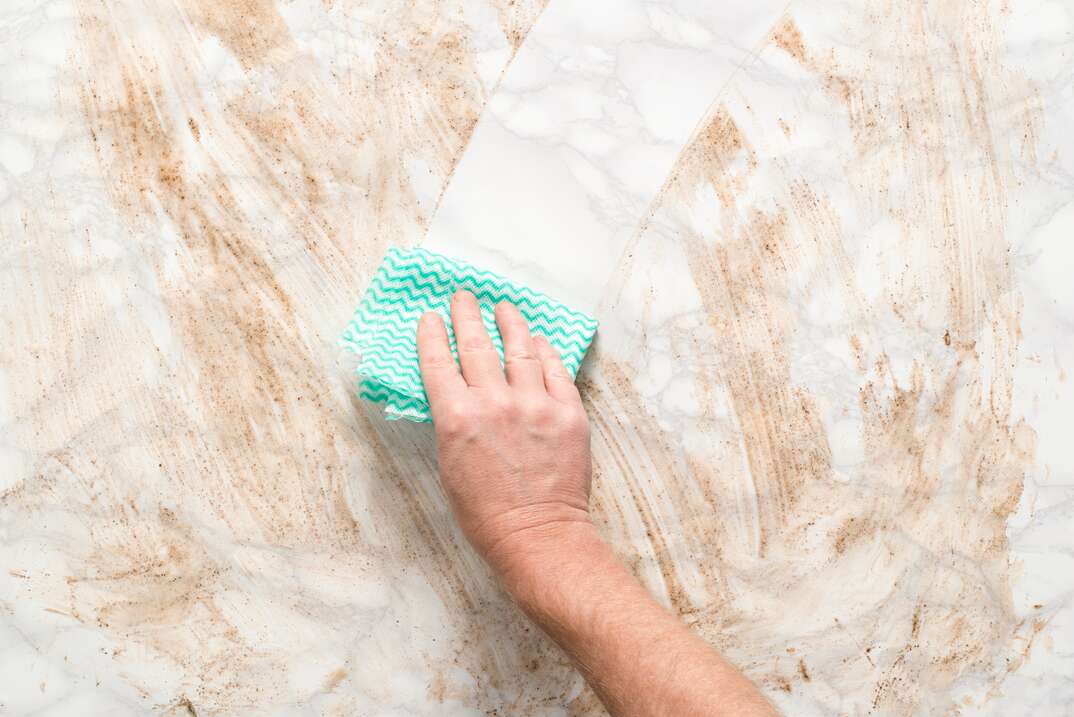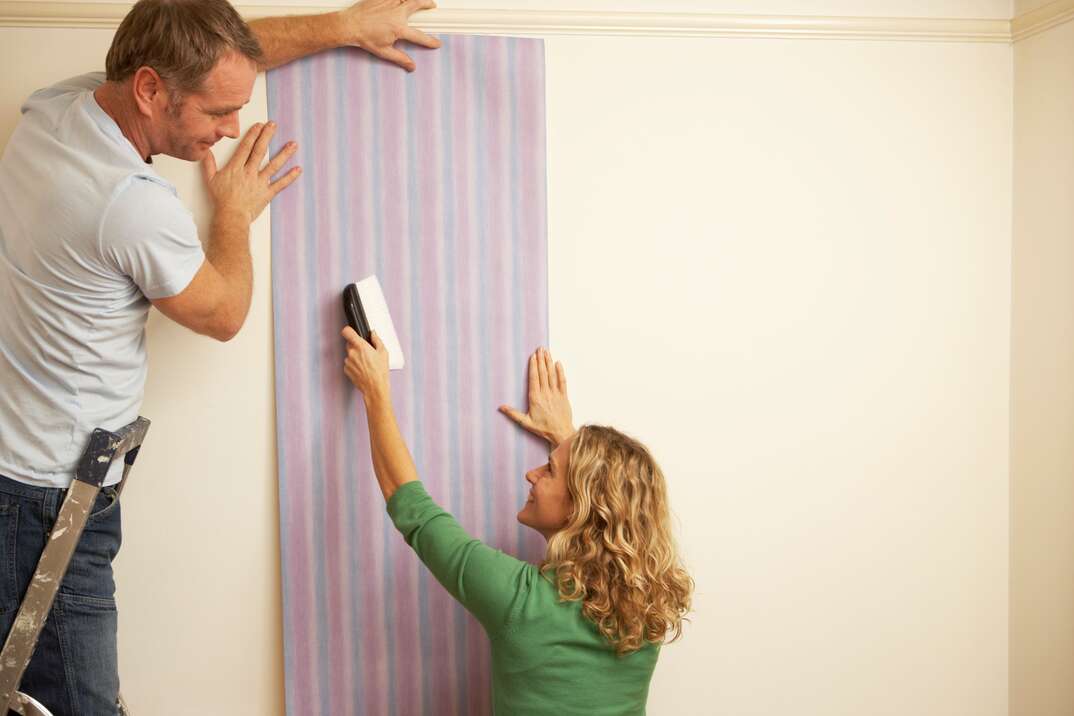Want 'Em to Marvel at Your Marble? Learn How to Clean and Maintain Marble Floors

Marble has been used in extravagant edifices built centuries ago that still stand strong and glistening to this day. With such a rich history and an even richer appearance, can this storied stone be properly maintained as an everyday feature — say, specifically, the floors — of your home, “be it ever so humble,” as the song says?
This May Also Interest You: How Much Do Marble Countertops Cost to Buy and Install?
Read on to learn about marble and how to properly maintain marble floors to ensure they remain in a condition befitting their regal reputation.
What Is Marble, and Where Does It Come From?
Marble is a natural stone that comes in varied colors, depending on the minerals found in the limestone. It's formed when limestone or dolomite undergoes extreme pressure and heat, according to Granite Shop of Summerville, S.C. About half of the world’s marble comes from China, Italy, India and Spain. However, marble is mined in other countries, too — including the United States. Marble, while expensive to purchase and install, isn’t cost-prohibitive and, if properly cared for, it’ll provide years of beauty and service in your home.
Marble can be polished to a high sheen, but can get quite slippery when wet. You can opt for honed marble, which is lightly polished and has a more muted tone. Honed marble is also less slippery, if that concerns you.
How to Maintain Marble Floors
If you’re reading, you probably already have marble in your house or are considering it. Caring for marble begins with seeking out a professional for advice and instruction before the installation. While marble is naturally durable, keeping it that way requires regular and proper maintenance.
Marble is hard, yet it’s also porous — which means it easily absorbs stains and odors. For this reason, be diligent about immediately wiping up spills. Acidic substances can cause permanent damage to marble, so be especially mindful of things like orange juice, lemon juice and vinegar.
To provide the best protection for your marble floors, confirm with your installer about sealing the stone before or upon installation. It should then be resealed regularly to maintain protection against stains. Polished marble will need to be resealed once a year. If you have honed or unpolished marble, you’ll need to have it resealed every six months. If you’re comfortable doing your own care and maintenance, resealing takes just a few hours. Be sure to thoroughly clean the marble before sealing. Then, be sure to use a sealer approved for marble floors. Take time and do your research.
Marble’s penchant for odor absorption is another reason to completely clean it before sealing. Otherwise, you’ll seal into the marble the very stains and odors you’re seeking to guard against.
More Related Articles:
- How Much Are Granite Countertops?
- Concrete Countertops: You’ll Never Take ’Em for Granite
- Here's How to Clean Your Hardwood Floors for That Flawless Shine
- Considering an Epoxy Garage Floor? You’ll Want to Read This First...
- Everything You Need to Know About Terrazzo
What Are the Best Cleaning Tools for Marble Floors?
Once your marble floor is installed and sealed, it will require daily dusting and wiping down with a damp cloth. It’s not recommended that you polish your marble floor, as polishing compounds can cause permanent damage. Sweeping up dirt and grit will prevent scratching and dulling of the marble. Use mats both inside and outside entryways to collect damaging debris.
Avoid using a vacuum cleaner on your marble floor. The safest cleaning tools are an untreated dust mop, and warm water and a soft cloth. A steam mop is safe for marble floors, but steer clear of using industrial steamers: Their high heat will damage marble, and excess water isn’t good for it, either.
What About More Extensive Cleaning?
For cleaning purposes, be sure to use cleaners with a neutral pH, meaning neither too acidic nor too alkaline. What does that mean? It means you need to use cleaning solutions such as mild dish soap and water, and phosphate-free cleaning products. Avoid cleaners recommended for granite, as they can damage marble. If in doubt, ask a professional.
Cleaning products to avoid are lemon juice, vinegar and other acids. Also, stay away from ammonia. It OK to use 12% hydrogen peroxide with a few drops of household ammonia for stains — but don’t mix other cleaning products with ammonia, as it can emit deadly gases.
Using three tablespoons of baking soda to a quart of warm water is effective in removing stains. Apply a small amount and use a soft cloth to rub carefully. Baking soda is a mild abrasive and can damage your marble floor if you aren’t careful.
While it’s not so hard to maintain your marble floors, there are systems in your home you may not have the knowledge or skill to maintain. Since we’re all home now more than ever, being prepared for unexpected home repairs with a plan from HomeServe is important. Having a plan in place gives you the peace of mind knowing that you can simply call our 24/7 repair hotline for covered breakdowns. See what plans are available in your neighborhood.


